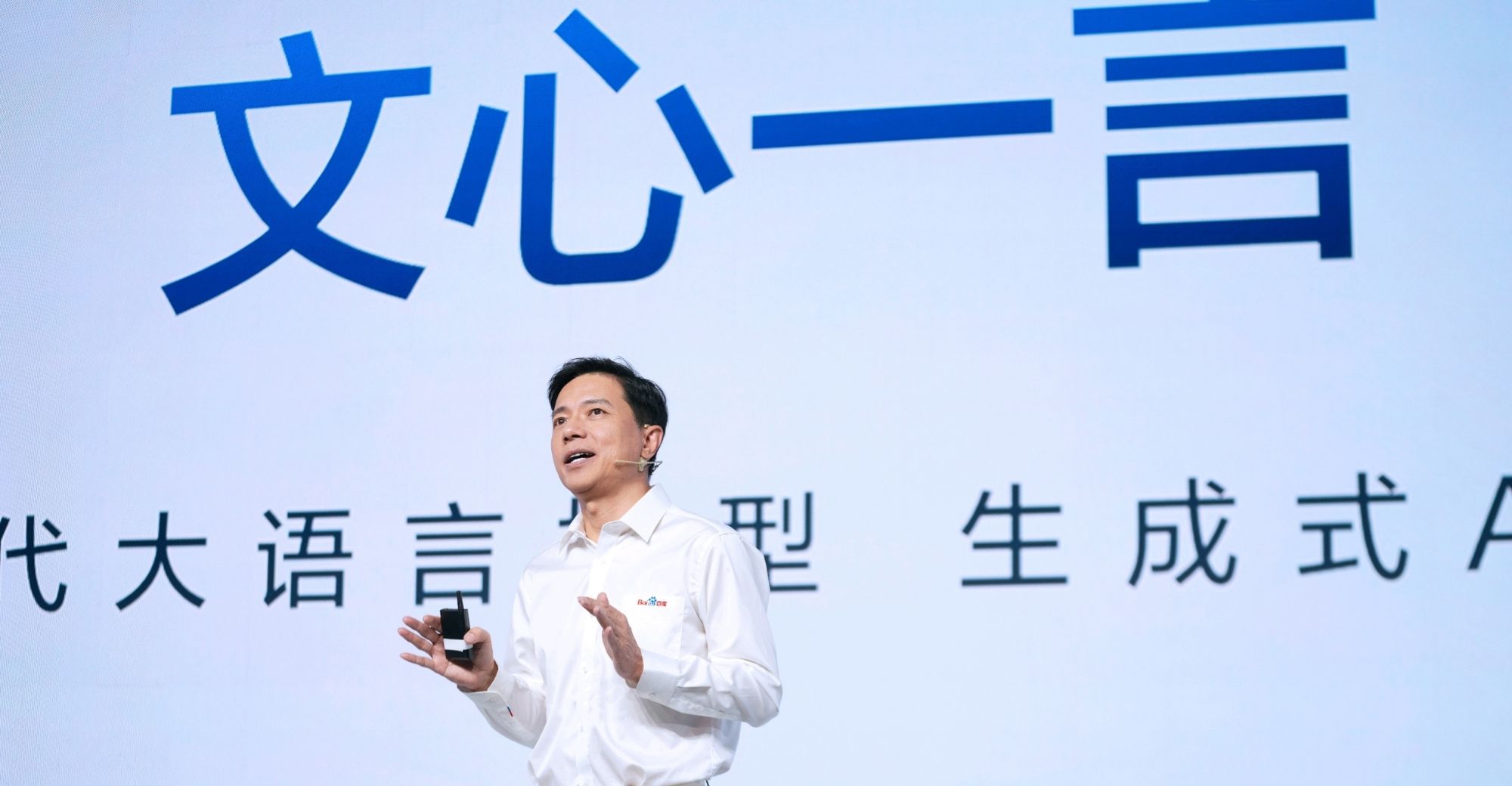Microsoft Responds to Reports of Its China’s AI Team’s Relocation to the U.S.
Recently, the news that several groups from Microsoft’s Azure AI team in China collectively relocated to the United States and Australia has attracted widespread attention.
On May 15, Microsoft responded to reporters, stating that only a small number of employees currently have the opportunity to choose international rotation. Employees can choose to accept the rotation or continue to work in their current positions. The previous rumors of “collective relocation to the U.S.” were exaggerated and inaccurate.
According to previous speculations, Microsoft headquarters sent an email notifying multiple AI research teams in the China region, such as the C+AI team and the Azure ML team, which work on AI platforms, to relocate to the United States or Australia. This move could involve hundreds of employees, who need to make a decision by June 7. They could also choose to take severance compensation, and Microsoft US can assist with family visas. However, an insider at Microsoft stated, “As far as I know, some employees have received optional internal transfer opportunities”, and the adjustments “do not affect domestic operations.”
Earlier this month, Microsoft Chairman and CEO Satya Nadella announced that Microsoft will invest $2.2 billion in Malaysia over the next four years to build cloud computing and AI computing infrastructure (data centers), and provide AI skills training for 200,000 people. It is said to be Microsoft’s largest investment in Malaysia. Prior to this, Microsoft’s data centers in Southeast Asia were mainly established in Singapore.
At Microsoft’s Asia Research Institute, the company does not allow Chinese researchers to use the GPT-4 beta and core technologies in advance. At the same time, the company has also restricted the institute’s research work in quantum computing, facial recognition, and synthetic media. However, at the branch in Vancouver, researchers can freely access key technologies, including the computing power and OpenAI systems required for cutting-edge research.




